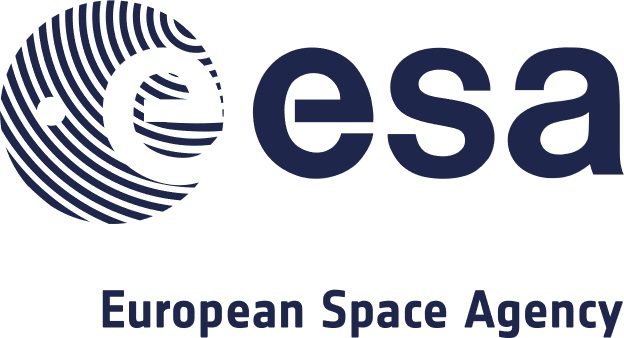Part 2 of 3 Parts (Please read Part 1 first)
“The Bigelow Expandable Activity Module (BEAM) is an experimental expandable space station module developed by Bigelow Aerospace, under contract to NASA, for testing as a temporary module on the International Space Station (ISS) from 2016 to at least 2020.” Wikipedia
Starting with the BEAM module attached to the ISS as inspiration, SOM has developed the design for a semi-inflatable shell which offers the greatest possible volume to mass ratio. Once it has been inflated on the lunar surface, it will about twice its original volume.
Daniel Inocente said, “On the inside we thought hard about the human experience, in terms of lighting conditions, flexible architecture that can be reconfigured as needed, and also high floor to ceiling space—lunar one-sixth G means crew members can reach up much higher, and we encourage that using grabbing bars and other simple aids. Retired NASA astronaut Jeffrey Hoffman, Professor at MIT's Department of Aeronautics and Astronautics, gave us feedback on improving the living and working space from his personal experience."
The site chosen for erecting and inflating the SOM module is the rim of the Shackleton crater beside the lunar South Pole. This particular site has a lot of desirable features for a lunar habitation including the fact that because it is at the lunar South Pole, it does not experience the two weeks of sunlight and two weeks to darkness found on non-polar regions of the Moon. This also means that it continuously experiences direct sunlight for solar power. This location is close to deposits of lunar ice in nearby craters that experience permanent shadow.
The habitat is four stories high. It would be inflated by astronauts or by rover robots teleoperated from the Gateway station that will be in orbit around the Moon. It can provide life support and comfortable living space for four people for up to three hundred days. The habitat will be constructed, inflated, and thoroughly tested on Earth before it is deflated and launched. It weighs over fifty-eight tons. A heavy lift launcher will be necessary to send it to the Moon. This launch vehicle may be a future version of the NASA’s Space Launch System or a SpaceX Starship.
Originally it was intended that the SOM habitat could be used for a five hundred day stay on the Moon. However, it turned out that radiation would an insurmountable problem for that long a mission, so it was shortened to three hundred days. The Earth is shielded by its magnetic field from ionizing radiation from the Sun, but the Moon is outside the Earth’s shield and subjected to heavy radiation.
Inocente commented that “The CDF radiation analysis gave us a better indication of exposure and duration limits, so we had to change our baseline goal. Similarly, initially we planned to have the crew quarters on an upper floor, but shifted it to a lower level, to double as the crew shelter against solar storms. This level would also store our life support system, affording extra radiation shielding. There's also the possibility of lining the structure with lunar material or else locally-sourced water, to boost crew protection still further.”
Please read Part 3 next
